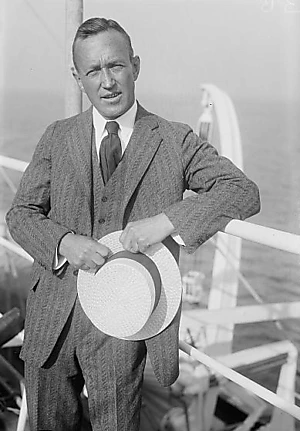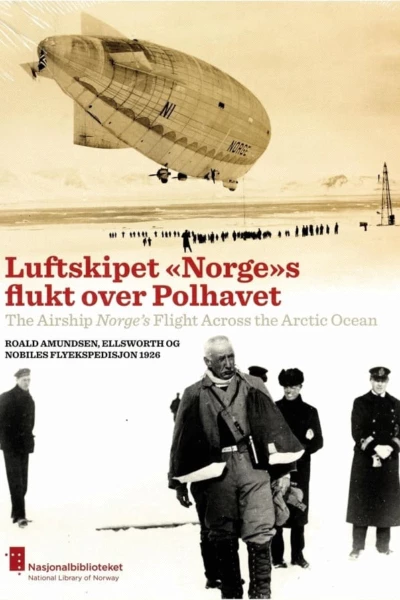Biography
(No Information)
Filmography
Information
Known ForActing
GenderMale
Birthday1880-05-12
Deathday1951-05-26 (71 years old)
Birth PlaceChicago, United States
FatherJames Ellsworth
CitizenshipsUnited States
AwardsHonorary Scout, Patron’s Medal, David Livingstone Centenary Medal, Congressional Gold Medal, Honorary Member of the American Polar Society
This article uses material from Wikipedia.
Last updated:
 Lincoln Ellsworth
Lincoln Ellsworth- Filmography
- Information

